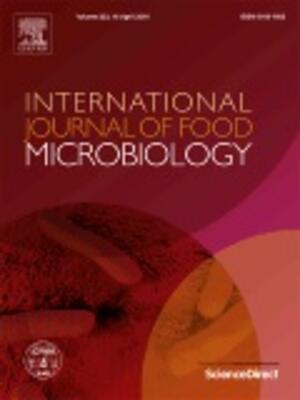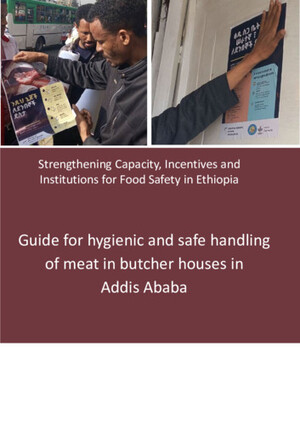
Mapping of beef, sheep and goat food systems in Nairobi — A framework for policy making and the identification of structural vulnerabilities and deficiencies
Abstract
Nairobi is a large rapidly-growing city whose demand for beef, mutton and goat products is expected to double by 2030. The study aimed to map the Nairobi beef, sheep and goat systems structure and flows to identify deficiencies and vulnerabilities to shocks. Cross-sectional data were collected through focus group discussions and interviews with people operating in Nairobi ruminant livestock and meat markets and in the large processing companies. Qualitative and quantitative data were obtained about the type of people, animals, products and value adding activities in the chains, and their structural, spatial and temporal interactions. Mapping analysis was done in three different dimensions: people and product profiling (interactions of people and products), geographical (routes of animals and products) and temporal mapping (seasonal fluctuations). The results obtained were used to identify structural deficiencies and vulnerability factors in the system. Results for the beef food system showed that 44–55% of the city's beef supply flows through the ‘local terminal markets’, but that 54–64% of total supply is controlled by one ‘meat market’. Numerous informal chains were identified, with independent livestock and meat traders playing a pivotal role in the functionality of these systems, and where most activities are conducted with inefficient quality control and under scarce and inadequate infrastructure and organisation, generating wastage and potential food safety risks in low quality meat products. Geographical and temporal analysis showed the critical areas influencing the different markets, with larger markets increasing their market share in the low season. Large processing companies, partly integrated, operate with high quality infrastructures, but with up to 60% of their beef supply depending on similar routes as the informal markets. Only these companies were involved in value addition activities, reaching high-end markets, but also dominating the distribution of popular products, such as beef sausages, to middle and low-end market. For the small ruminant food system, 73% of the low season supply flows through a single large informal market, Kiamaiko, located in an urban informal settlement. No grading is done for these animals or the meat produced. Large companies were reported to export up to 90% of their products. Lack of traceability and control of animal production was a common feature in all chains. The mapping presented provides a framework for policy makers and institutions to understand and design improvement plans for the Nairobi ruminant food system. The structural deficiencies and vulnerabilities identified here indicate the areas of intervention needed.
Citation
Alarcon, P., Fèvre, E.M., Murungi, M.K., Muinde, P., Akoko, J., Dominguez-Salas, P., Kiambi, S., Ahmed, S., Häsler, B. and Rushton, J. 2017. Mapping of beef, sheep and goat food systems in Nairobi — A framework for policy making and the identification of structural vulnerabilities and deficiencies. Agricultural Systems 152: 1–17.









